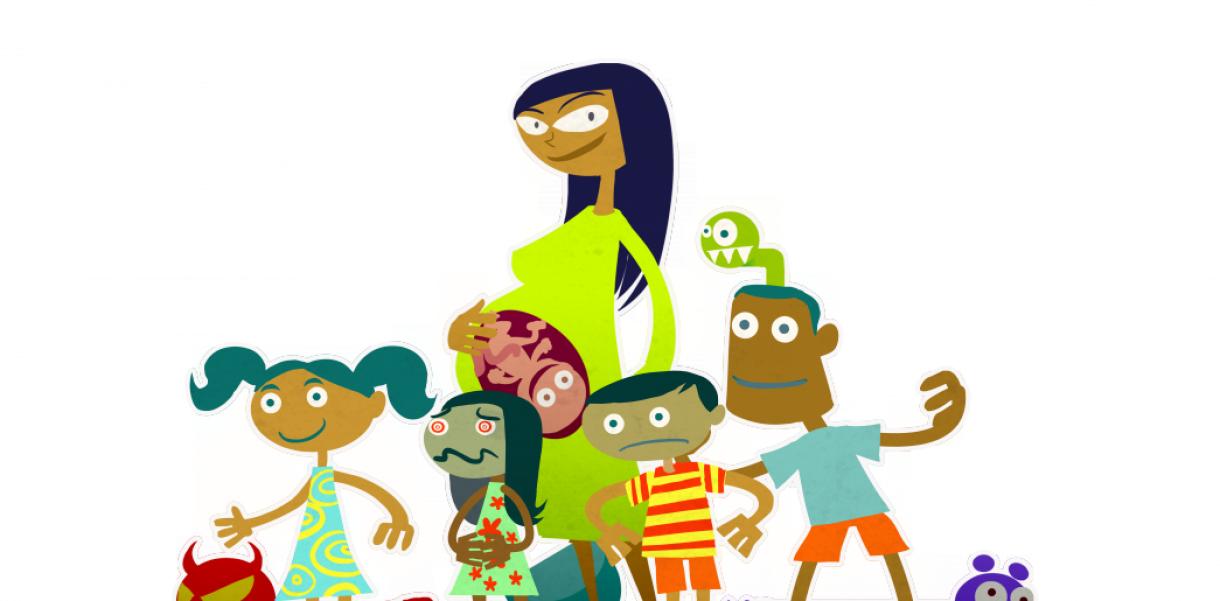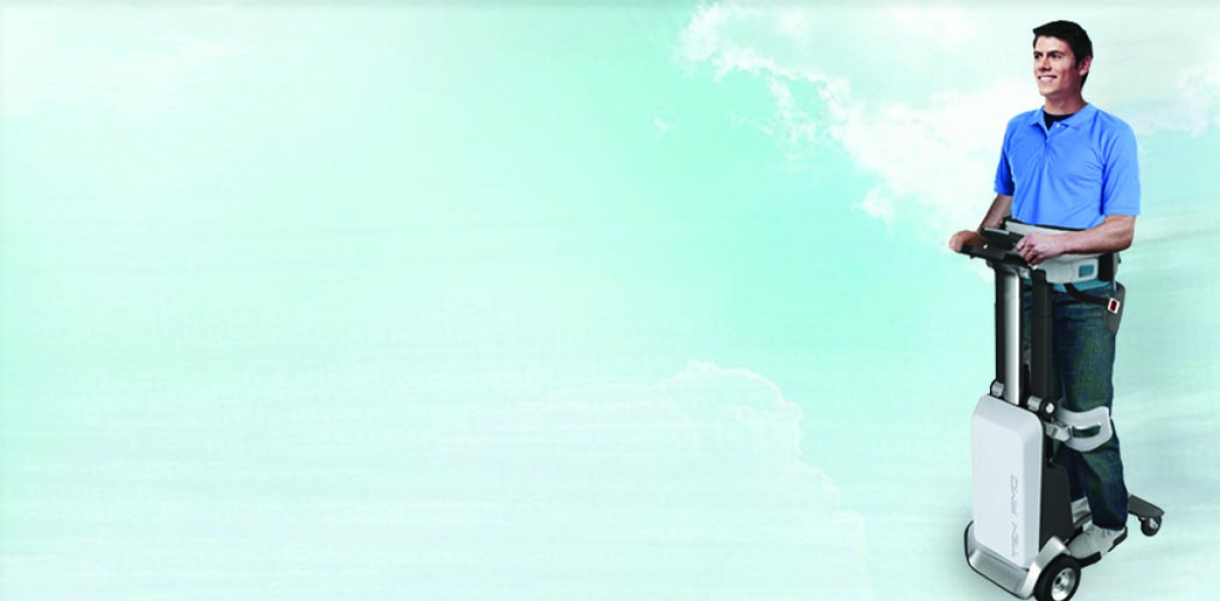Let's be honest, most of us take light for granted. Shockingly, a staggering 1.5 billion people live without electricity, and thus without light. In a world populated with iPhones which have more processing power than all of NASA combined when they sent a man to the moon, it is astonishing that 1 in 5 people live in cavemen, debilitating darkness. Liter of Light is a tale of how plastic bottles can brighten lives.
The Energy Challenge is about sustaining the infrastructures of society in a responsible and efficient way while also providing energy access to off-grid communities. Communities in developing countries either lack the infrastructure, or families cannot afford to tap into the grid. Darkness by night is one thing, but darkness by day is another thing that haunts people in the developing world. In the crammed conditions of slums, most homes are windowless, making the interiors dark as night, and erecting obstacles in the way of studying and sanitation.
Our luminous finalist, Liter of Light offers an ingenious solution to the problem of daylight darkness. The project’s innovation lies in the utilization of cheap, durable, and readily available materials to produce high quality lighting; thereby enabling the urban poor to have access to an affordable, environmentally friendly, long-term alternative to electric light for use during the day.
How? Find a disposed plastic bottle, fill it with purified water, add some bleach, and install it on the roof of a house, one half inside, the other exposed to the sun. The bleached water refracts the sunlight lighting up the interior with the whopping equivalent of a 55 watt light bulb. The icing on the cake is that the solar bottle can last up to 5 years! How many of us can say that about our costly and energy consuming electric light bulbs?
Pioneered by Alfredo Moser from Brazil in 2002, the technology was launched as a successful social enterprise in the Philippines by Illac Diaz under the MyShelter Foundation in April of 2011. Remarkably, within a few months, one carpenter, armed with one set of tools, installed 15,000 solar bottle bulbs. The inspirational resourcefulness has taken on a domino effect since one demonstration leads to countless copycats. Altogether, in under a year, over 200,000 bottle bulbs were installed in communities around the world. The goal is to light up 1 million homes by the end of 2015.
Out of the shadows, and into a brighter future.






